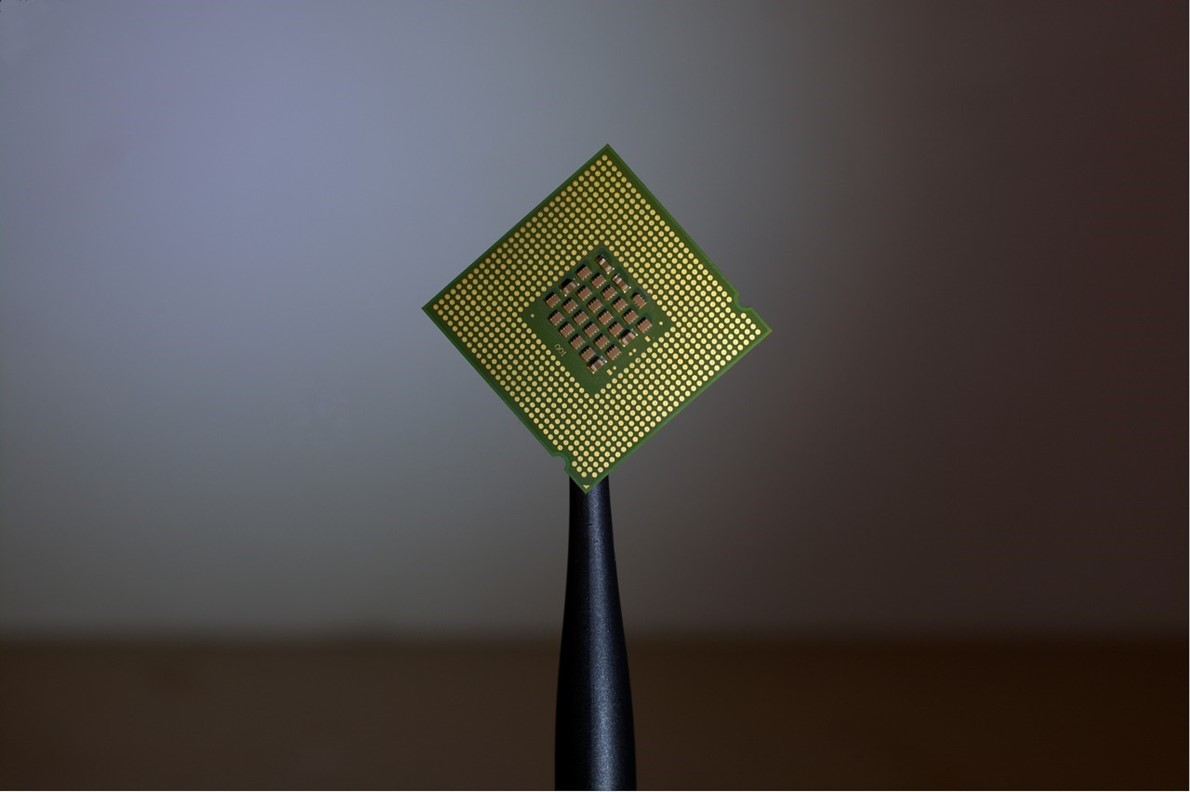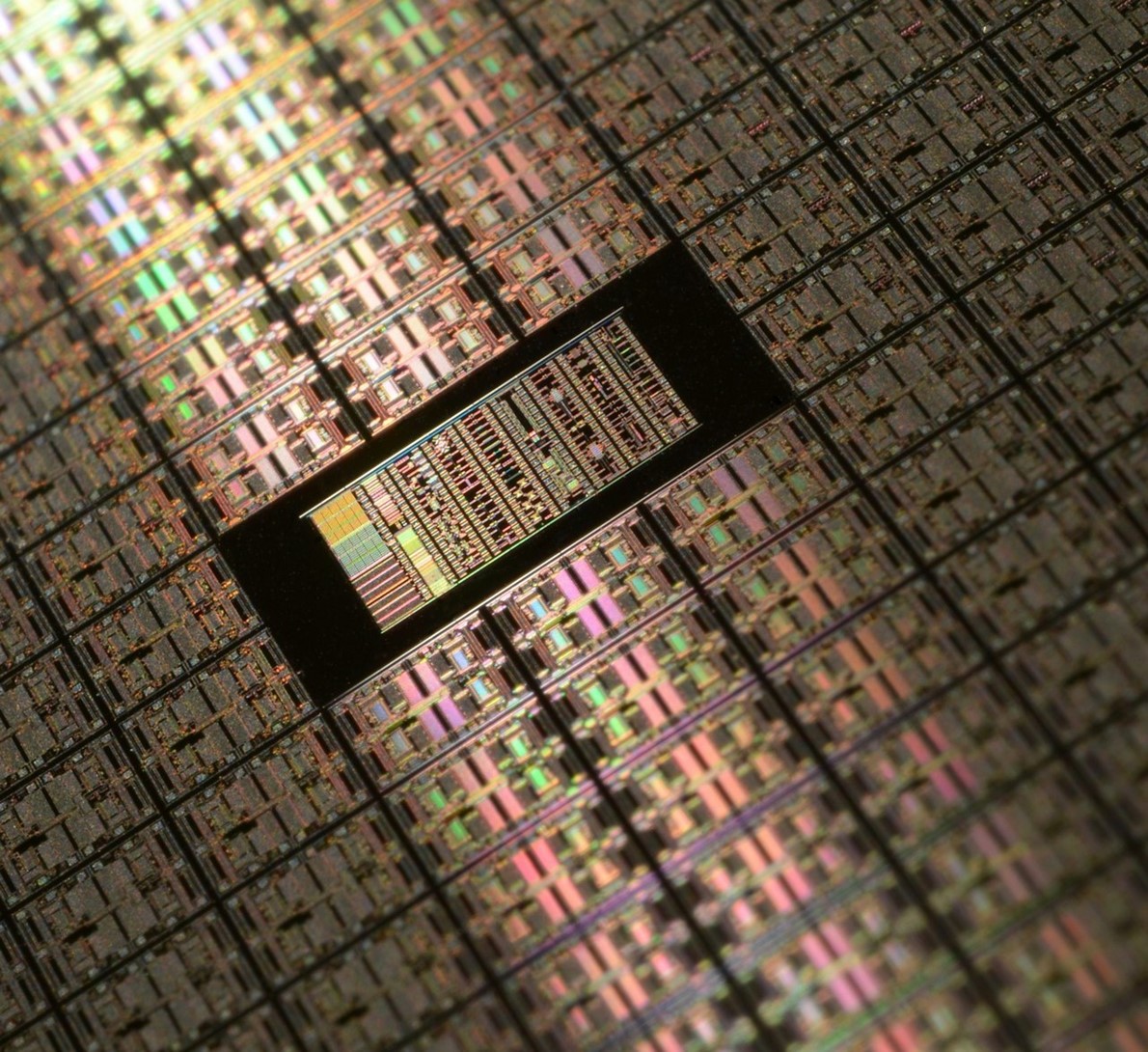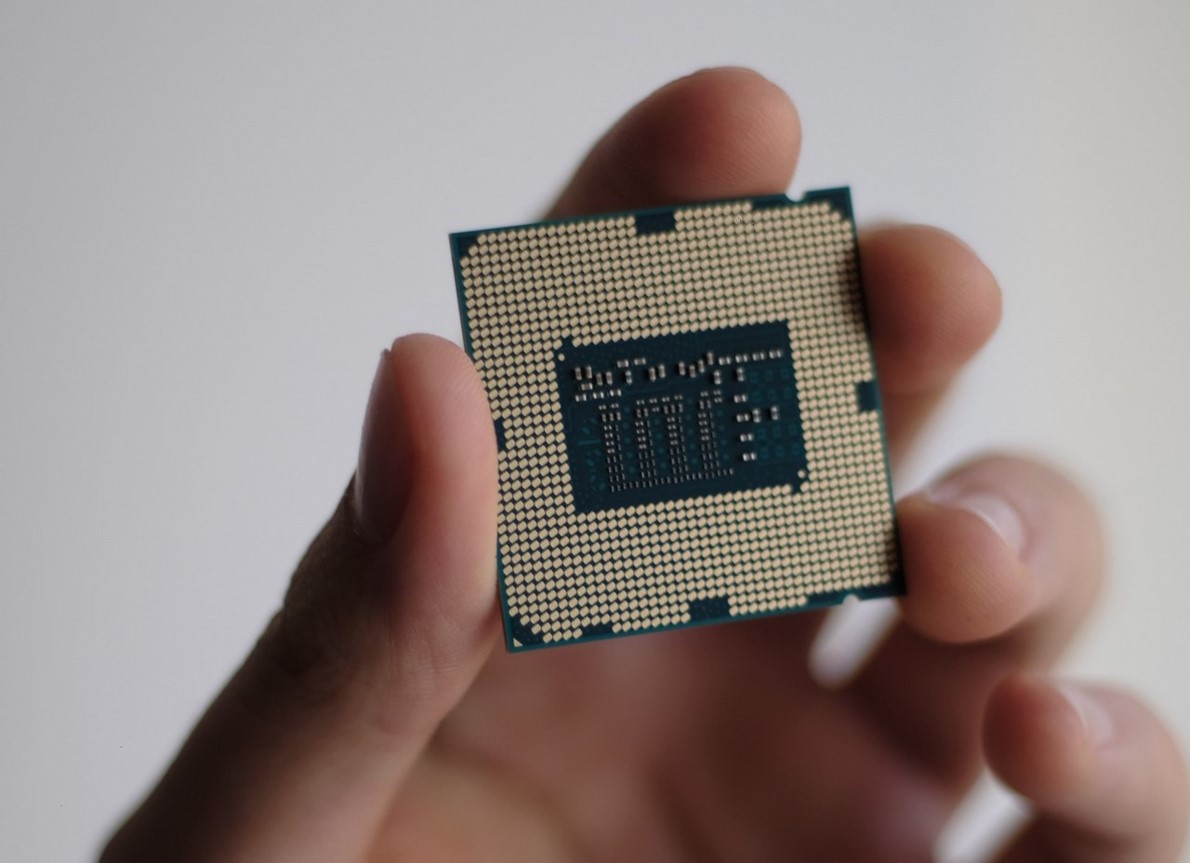SAN FRANCISCO, United States — A few months ago, makers of computer chips seemed on top of the world.
اضافة اعلان
Customers could not get enough of the small slices
of silicon, which act as the brains of computers and are needed in just about
every device with an on-off switch. Demand was so strong — and
US dependence on
a foreign manufacturer so worrying — that Democrats and Republicans agreed in
July on a $52 billion subsidy package that included grants to build new chip
factories in America.
US chipmakers such as Intel, Micron Technology,
Texas Instruments and GlobalFoundries pledged huge expansions in domestic
manufacturing, betting on a growing need for their products and the prospects
of federal subsidies.
 (Photos: Unsplash)
(Photos: Unsplash)
But lately, supplies of some semiconductors are
piling up, which could spell good news for consumers, but not for industry
executives. Their bold investment plans are running into a sudden and
unexpected slowdown in consumer demand for electronic gadgets, new US
restrictions on sales to customers in
China, rising inflation, and the unusual
prospect of a simultaneous shortage of some chips and a glut of others.
That has left chipmakers, which had been looking
ahead to immense demand and opportunity, suddenly grappling with immense
challenges. Many of the companies now face complex questions about whether and
when to boost production, amid uncertainty about how long the current sales
slowdown may last.
Fears of a slump, which have clobbered semiconductor stocks this year, are evident in recent earnings announcements from chipmakers.
“Six months ago, I would have said we were in this
hypergrowth phase,” said Rene Haas, CEO of Arm, the British company whose chip
technology powers billions of smartphones. Now, he said, “we’re in a pause.”
Fears of a slump, which have clobbered semiconductor
stocks this year, are evident in recent earnings announcements from chipmakers.
South Korea’s
SK Hynix on Wednesday reported a 20 percent drop in revenue and
said its business of memory chips “is facing an unprecedented deterioration in
market conditions.” Intel provided more evidence of a downturn in its
third-quarter results Thursday, including a 20 percent drop in revenue and a $664
million charge to cover cost-cutting measures expected to include job cuts.
The Biden administration delivered its own blow this
month with a sweeping set of restrictions aimed at hobbling China from using US
technology related to chips. The measures restrict sales of some advanced chips
to Chinese customers and prevent US companies from helping China develop some
kinds of chips.
That hurts semiconductor companies like Nvidia,
which makes graphics chips that are used to run AI applications in China and elsewhere.
The Silicon Valley company, already suffering from a sharp sales decline for
video game applications, recently estimated that the US restrictions would
probably reduce revenues in its current quarter by about $400 million.
The sanctions may bite even harder at companies that
sell chip-making equipment, which relied heavily in recent years on sales to
Chinese factories.

Lam Research, which produces tools that etch silicon
wafers to make chips, estimated that the China limitations would reduce its 2023
revenue by $2 billion to $2.5 billion. “We lost some very profitable customers
in the China region, and that’s going to persist,” Doug Bettinger, Lam’s chief
financial officer, said during an earnings call last week.
Applied Materials, the biggest maker of chip
manufacturing tools, also said sales would suffer because of the restrictions.
On Wednesday, another maker of chip manufacturing tools, KLA, said its revenue
next year was likely to shrink by $600 million to $900 million as it reduces
equipment sales and services to some customers in China.
Worries about foreign competition are nothing new in
semiconductors, an industry known for boom-and-bust cycles. But it has rarely
faced a player as potent as the Taiwan Semiconductor Manufacturing Co., whose
factories on the island churn out chips designed by companies including Apple,
Amazon, Nvidia, and Qualcomm.
China claims
Taiwan as its own territory, creating a
potential risk to chip supplies. That helped drive the recent bipartisan
support for the US chip legislation, which was heavily pushed by President Joe
Biden.
The problem is particularly acute in processors and memory chips, which perform calculations and store data in personal computers, tablets, smartphones and other devices.
He trekked to Ohio last month for the groundbreaking
of a $20 billion Intel manufacturing campus. On Thursday, he visited a site
near
Syracuse, New York, where Micron has vowed to spend as much as $100
billion over 20 years on a large complex to build memory chips, a project he
called “one of the most significant investments in American history.”
Those plants will be needed at some point, industry
executives said. But they are now grappling with the sudden and sharp decline
in chip demand.
The problem is particularly acute in processors and
memory chips, which perform calculations and store data in personal computers,
tablets, smartphones and other devices.
Those products were hot commodities as consumers
worked from home during the coronavirus pandemic. But that boom has now cooled,
with PC sales dropping 15% in the third quarter, according to estimates by
International Data Corp. The research firm also predicted that smartphone sales
would fall 6.5 percent this year. Demand has been tempered by inflation as well
as a lengthy COVID lockdown in China, analysts said.
At the same time, inventories of chips piled up.
Computer makers spooked by the shortage bought more components than they ended
up needing, said Dan Hutcheson, a market researcher at the firm TechInsights.
When customer demand dried up, they started slashing orders.
“You see multiple issues converging,” said Syed
Alam, who leads Accenture’s global high-tech consulting practice, including
semiconductors.

Handel Jones, CEO at International Business
Strategies, predicts that total sales for the chip industry will still grow 9.5
percent this year. But he expects revenue to decline 3.4 percent to $584.5
billion next year. Last year, he had predicted steady yearly growth for the
chip industry from 2022 until 2030.
Warning signs included Intel’s second-quarter
results, which it announced in July. The company posted a rare loss and a 22
percent drop in revenue, blaming its own missteps and customers who cut chip
inventories.
At Micron, the mood also changed quickly. In May,
the company gave bullish presentations at an investor event in San Francisco
about long-term demand for its memory chips. By the next month, it was warning
of slowing demand and falling chip prices.
In September, the company reported a 20 percent drop in
fourth-quarter revenue. It also slashed planned spending on factories and
equipment by nearly 50 percent in the current fiscal year.
Read more Technology
Jordan News



